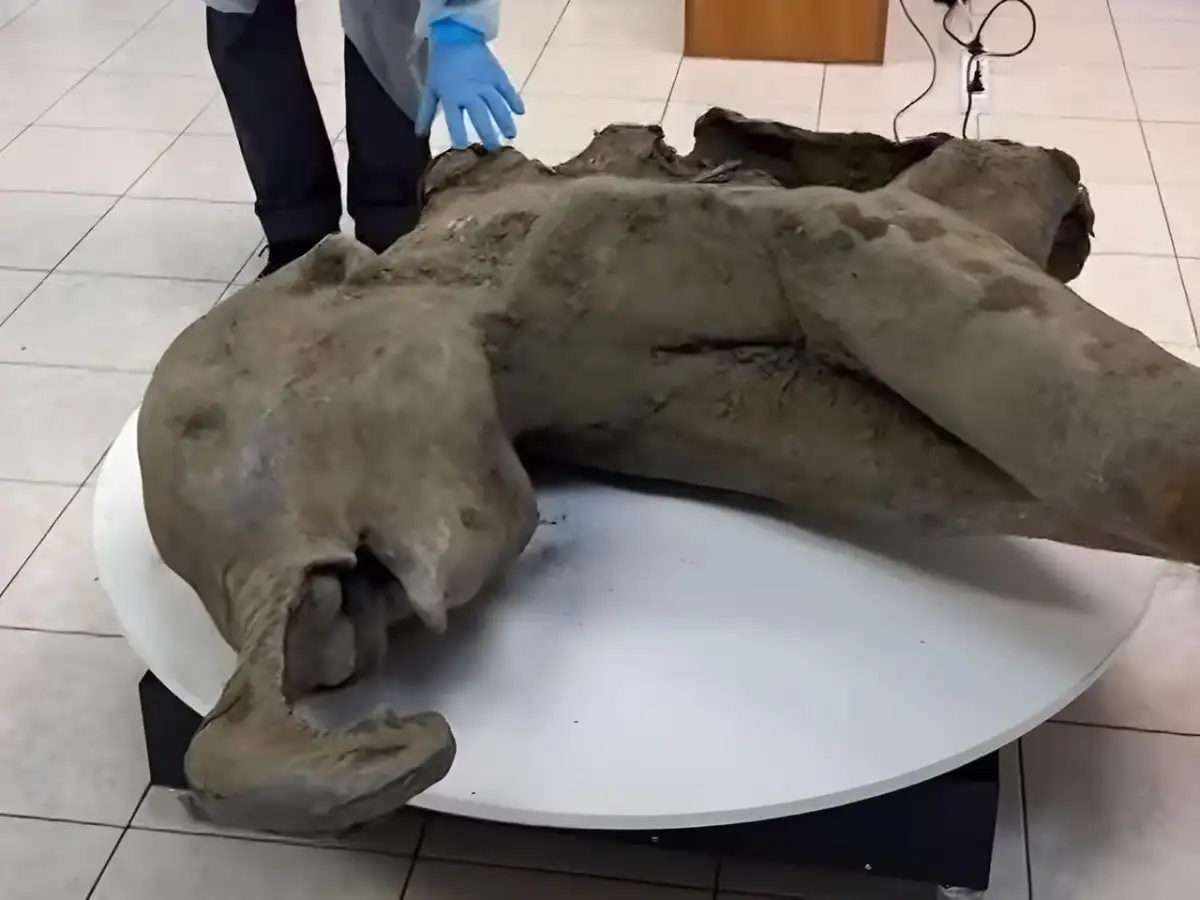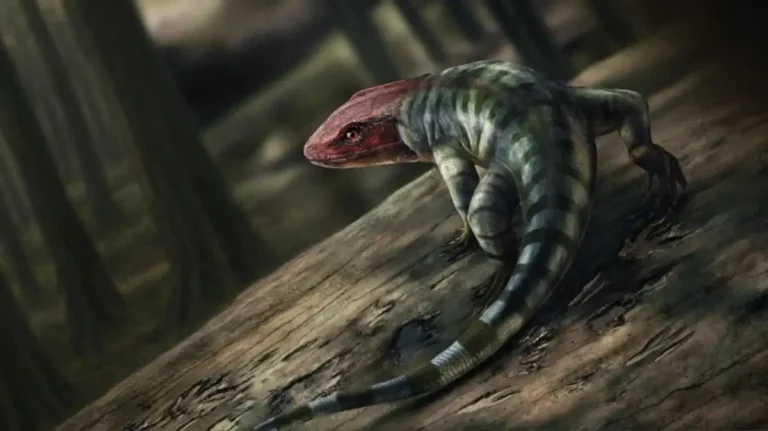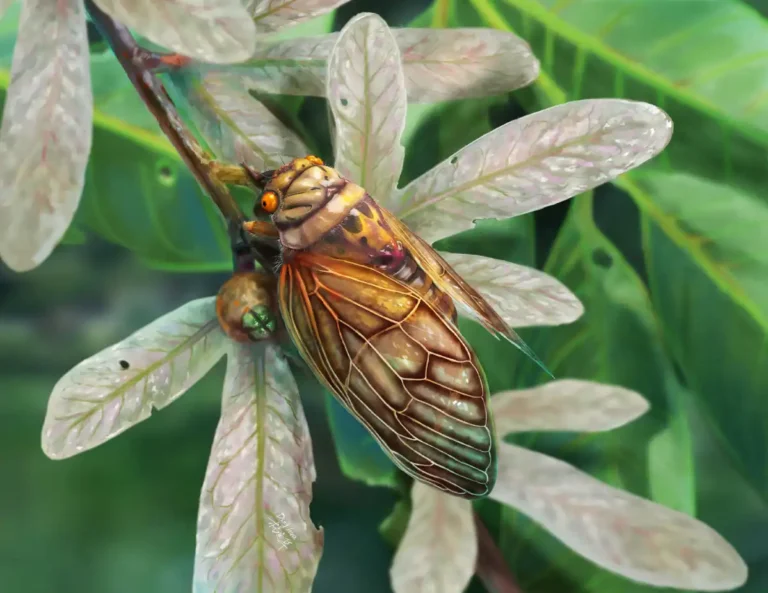50,000-year-old baby mammoth found in Siberia.

Russian scientists have unveiled the remarkably well-preserved remains of a 50,000-year-old baby mammoth, discovered this summer in the thawing permafrost of Siberia’s remote Yakutia region. Named “Yana” after the river basin where she was found, the mammoth is considered the world’s most intact specimen of its kind.
Yana weighs over 100 kg (15 st 10 lb) and measures 120 cm (4 ft) in height and 200 cm in length. Researchers estimate she was only about a year old at the time of her death. Prior to this, only six similarly preserved mammoths had been found globally—five in Russia and one in Canada.
The discovery took place in the Batagaika Crater, the world’s largest permafrost crater, by local residents who stumbled upon the partially thawed carcass.
“They were in the right place at the right time,” said Maxim Cherpasov, head of the Lazarev Mammoth Museum Laboratory. Acting quickly, they improvised a stretcher to retrieve Yana from the permafrost.
Cherpasov noted that certain body parts, such as the trunk, are often the first to be scavenged by predators or birds. However, despite the forelimbs being eaten, Yana’s head remains exceptionally well-preserved.
Gavril Novgorodov, a researcher at the Lazarev Mammoth Museum, suggested that Yana likely became trapped in a swamp, which helped preserve her body for tens of thousands of years. Yana is now undergoing analysis at North-Eastern Federal University in Yakutsk, where scientists aim to determine the precise timeline of her life and death.
Yana is one of several prehistoric finds revealed by Siberia’s thawing permafrost, a consequence of climate change. Just last month, scientists in the same region showcased the partial mummified remains of a sabre-tooth cat believed to be nearly 32,000 years old. Earlier this year, they also uncovered a 44,000-year-old wolf carcass.






